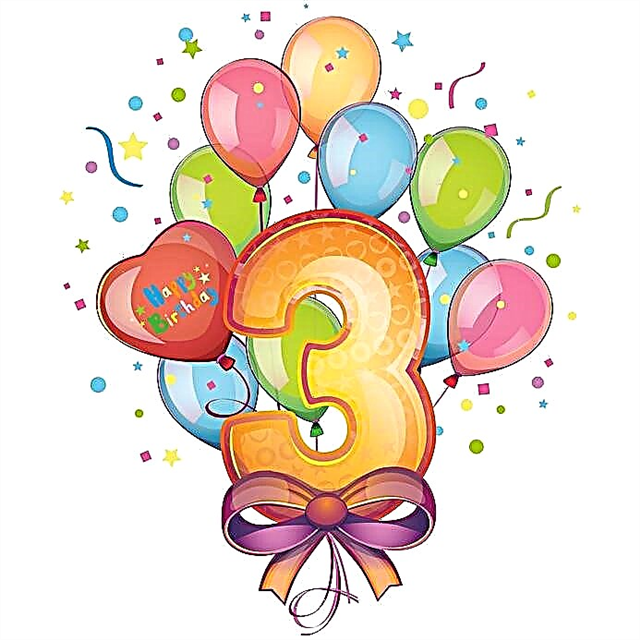
Elements of play activities in the lesson will be interesting not only for first graders, but also for older students. Performing graphic dictations by cells for grade 3-4 will help the teacher to diversify the educational process and play with the children. For children of primary school age, these activities will be fun and rewarding.

Benefit
Teaching becomes the leading activity of the younger student. However, the game still has a big place in his life. It is much easier for a child to receive and consolidate new knowledge when the teacher in the lesson allocates time for playful moments. One of these games in a mathematics lesson can be drawings by cells.
For a first grader, drawing simple pictures by cells in a notebook is of great help in adapting to school and helps to start the educational process successfully. However, children are ready to move to more complex schemes gradually.
In grade 3, drawings can already be much more complicated. For grade 4 students, choose even more difficult options.
At this age, the student should already be well oriented on the notebook sheet, know the concepts of "right-left", "top-bottom", understand what a point, a cell, an angle, and sides are. He already owns a pencil enough to draw straight lines.

Now graphic dictations will help the teacher teach children to listen carefully to what the teacher says, to follow the instructions offered to them with accuracy. At the same time, the child learns to work carefully and carefully. The imagination, fine motor skills of fingers, thinking, memory develops. The benefits of completing such tasks in grade 3-4 can also be seen at an older age, when various complex topics will be taught at different lessons, the student will need to quickly take notes, write dictations well. The child will gradually prepare for the ever-increasing load.
Riddles, phrases, tongue twisters, which can be included in the lesson, conversations and informative stories about the depicted objects help to expand the student's horizons, develop speech, and increase vocabulary.

Suitable activities
In the third and fourth grade, opportunities for teaching are expanded. At this age, it is quite possible to use a variety of types of cell patterns.
These include:
- Drawing lines in cells under the teacher's dictation;
- Self-following according to the instructions on the sheet;
- Symmetrical painting;
- Painting a certain number of cells in a given direction with a specified color. In this case, real color pictures appear in the children's notebooks.
The principle of performing work in all this diversity is counting the required number of cells in the indicated direction. This is determined by the student independently, looking at the proposed instruction or under the dictation of the teacher.
Under the teacher's dictation and self-following instructions
Symmetrical painting
Coloring cells in a given direction with a specified color
Materials
As a rule, students always have everything they need at hand. These are checkered sheets, simple and colored pencils, an eraser. The teacher can only prepare for himself a sample of the assignment and, if necessary, sheets with instructions for the children.

Examples of graphic dictations for grade 3-4
Third graders and fourth graders already successfully cope with simple drawings. They practically do not make mistakes, they try to work carefully.

In order for the development of the children to not stand still, the tasks should be complicated. This will help maintain their desire to learn new things, teach them to achieve their goals.

We offer you to watch, and maybe perform a raphic dictation by cells from the next video.



